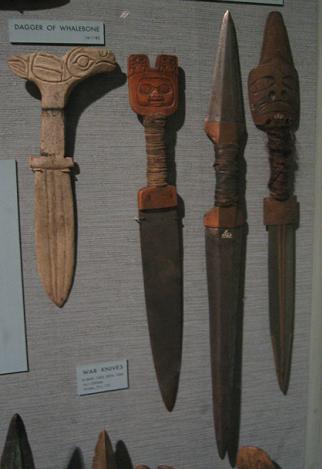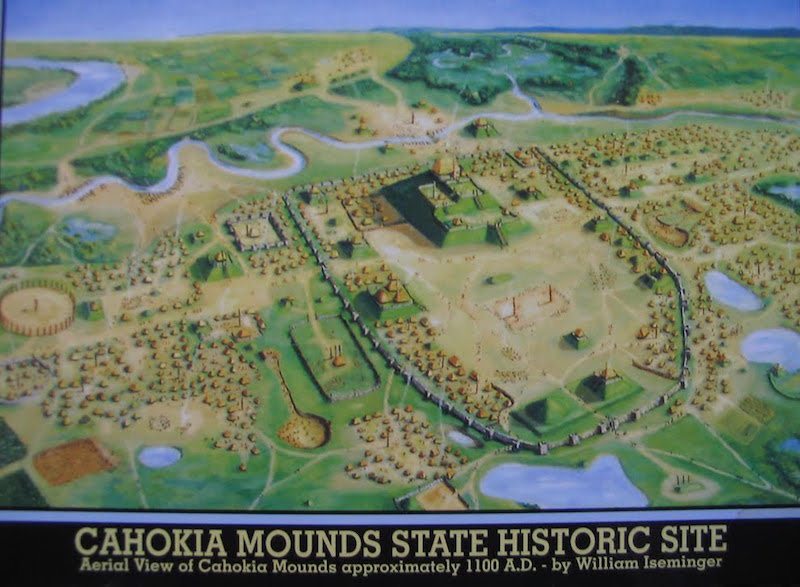At the present time the following political entities are in existence in the USA:
Caddo Nation of Oklahoma.
Catawba Indian Nation.
Cayuga Nation of New York.
Cherokee Nation, Oklahoma.
Chickasaw Nation, Oklahoma.
Choctaw Nation of Oklahoma.
Comanche Nation, Oklahoma.
Delaware Nation, Oklahoma.
Fort McDowell Yavapai Nation, Arizona.
Lipay Nation of Santa Ysabel, California.
Jicarilla Apache Nation, New Mexico.
Kaw Nation, Oklahoma.
Navajo Nation, Arizona, New Mexico & Utah.
Oneida Nation of New York.
Onondaga Nation.
Osage Nation.
Pawnee Nation of Oklahoma.
Penobscot Nation.
Pinoleville Pomo Nation, California.
Prairie Band Pottawatomie Nation.
Sac & Fox Nation of Missouri in Kansas and Nebraska.
Sac & Fox Nation, Oklahoma.
Santee Sioux Nation, Nebraska.
Seminole Nation of Oklahoma.
Seneca Nation of Indians.
Shinnecock Indian Nation.
Sycuan Band of the Kumeyaay Nation.
The Muscogee (Creek) Nation.
Tohono O'odham Nation of Arizona.
Tuscarora Nation.
Wyandotte Nation.
Yavapai-Apache Nation of the Camp Verde Reservation, Arizona.
Yocha Dehe Wintun Nation, California.
And this is just a drop in the bucket since all 567 Federally recognized Indian governments in the USA are considered "Domestic Dependent Nations", even if they use tribe, band, community, pueblo, rancheria, or something else in their names.
So even with the coming of Europeans, there are over 567 current Indian nations in the USA, even if many of them are very tiny.
About 1700 the Iroquois were the overlords of a large region in southern Canada, and the northeastern USA, larger than many present countries. The Comanche, ruled most of the Southern plans of the USA for generations, which is sometimes called "The Comanche Empire".
In Mesoamerica there were many city states and kingdoms with active military, diplomatic, and political lives. The Incas in South American founded a vast empire stretching for three thousand miles from North to South.
Many Indian cultures used agriculture and many important food plants were first raised and modified and improved by Indians.
What was necessary for most of the Indian cultures in North and South American to become civilized was to learn from the civilized cultures in Mesoamerica and South America, and catch up with a few thousand years of advances.
Many Indian cultures in North and South America used pure copper, gold, and silver where it could be found. in South America smelting and alloying of metals was practiced. Metals were mostly used decoratively, but there was some use of metal tools in some societies.
Metallurgy would have continued to advance and spread from culture to culture for hundreds and thousands of years until all the Indian cultures eventually entered the bronze and iron ages.


